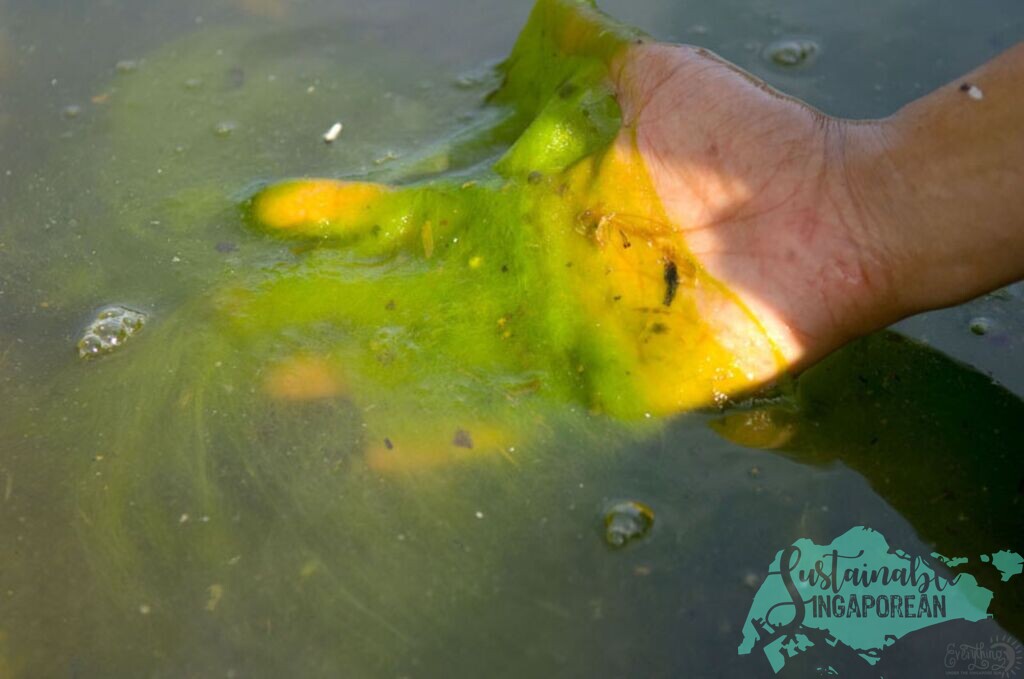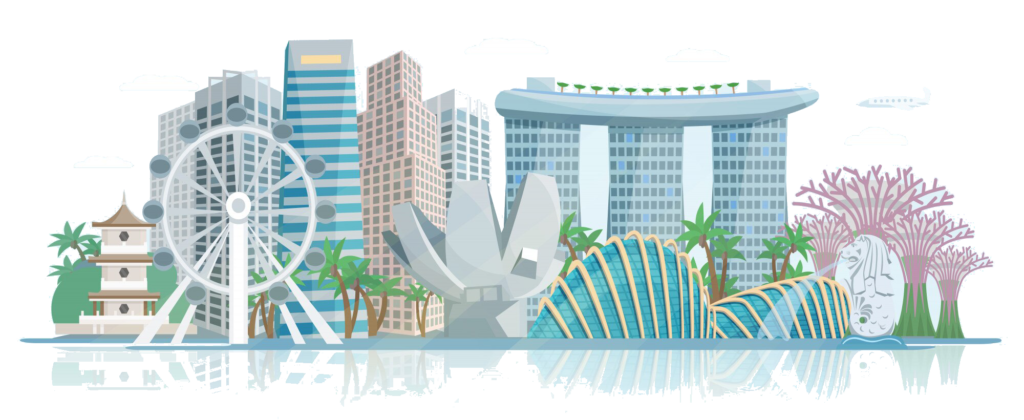
Fast fashion is the mass production of cheap clothing to keep up with the trends and because of that, they tend to be very poor in quality. On average, people bought 60% more garments in 2014 than they did in 2000.
I used to be addicted to fast fashion many years ago before I knew what was going on. An average garment is only worn 10 times before it is thrown away, many times to make space for new ones. They can’t even be donated because usually they will be in a condition that is so bad that you can’t even donate or resell.
Then I heard about the terrible cost our planet and people have to pay. So why is Fast Fashion so bad? As my infographic explains, the top crimes are 5 items in general:

Excessive Water Usage
We don’t really know exactly how much we are polluting the waters with our actions but the implications are great. Did you know? The water used in the fashion industry is the second largest in the world! All the water needed from growing cotton to turning them into textiles and then to clothing is enough to fill 32 million Olympic-size swimming pools each year. To put it in context, that pair of jeans or t-shirt you are wearing right now each takes 19,000 litres to manufacture.
In addition, it is awash with chemicals. Over 8,000 synthetic chemicals are used in the process of turning raw material into fabrics like bleaching, dyeing, and wet processing.
20 percent of global wastewater is produced by the fashion industry and, because textiles and clothing are often produced in countries with a lower economic status, they may not treat the water properly before dumping it into their waterways which affects the quality of drinking water as well as the surrounding farms and wildlife. Wastewater from fashion also contains tons of plastic microfibres.
Plastic Microfibres
Tiny strands of plastic in synthetic clothing such as fleece, polyester, and nylon come off in the thousands in every wash. Because plastic takes hundreds of years to break down and because we use so much of it, it has been found in the air we breathe, drinking water, plankton, seafood and even in our bodies!
The problem of plastic microfibers pollution lies squarely with our clothing. In addition to the many rounds of washing that manufacturing textiles require, every time we wash our clothes at home, micro-sized plastics inside synthetic clothing enter into our wastewater. More than 60 percent of all our clothing is synthetic nowadays and fast fashion uses even more each year as materials like polyester and nylon are much cheaper than cotton and it brings the cost of their clothes down so consumers like us can buy more.
Greenhouse Gases
Fashion production makes up 10% of all the world’s carbon emissions! From farming the cotton or producing the synthetic fabrics, to manufacturing, it is estimated that a pair of jeans produces the carbon equivalent of around 33.4 kilograms of emissions. On top of that, 87% of all fiber in fast fashion clothing produced is incinerated or disposed of in a landfill, adding to greenhouse emissions even when they are being disposed off as trash.
Textile Waste
Just think about how many pieces of clothing have we thrown away. I find that with online shopping now we are throwing away even more because the clothing is so cheap and sometimes they just don’t fit well. In Singapore, we generated 137,000 tonnes of textile waste in 2020 according to the NEA. Out of these, only 4% were recycled because clothing is notoriously hard to recycle. Our clothing could be a blend of up to 30 different materials and these make it really hard to recycle. The Semekau landfill is estimated to run out of space by 2035 if this rate of wastage continues.
Unethical
Earlier, I have already noted that water pollution are already harming low-income and marginalised communities in poorer nations by poisoning their drinking water and even the crops. Unethical clothing also could be produced in sweatshops, cheap labour from impoverished countries with loose labour laws. Even your organic cotton probably came from forced labour. The production of clothing also harms our environment and affects climate change, and the people that suffers the most from this change are once again, the poorest from third world nations.
What Can We Do?
Reduce! Buy only good quality clothing that lasts a long time. It is definitely a bonus to know their manufacturing practices and only purchase from ethical companies.
Don’t buy new! Join swap events, or purchase from secondhand platforms like Refash or Carousell. I have many times enjoyed fantastic discounts and deals just because I shopped online and the clothing is not always bad!
Donate, edit or swap instead of throw! If you have crafty fingers like me, I love upcycling old clothes to new one-of-a-kind pieces. I also try to donate my old clothes rather then throw them away. At the moment, unfortunately our local (blue bins) recycling program do not accept clothing due to the reason mentioned above.
My sincere hope is that we care for our planet and future, especially during this Chinese New Year where wearing new clothes are a tradition. Just like how we are starting to exchange like-new dollar notes in our angbaos, we can also change our mindset and start wearing as-good-as-new clothing.




Leave a Reply